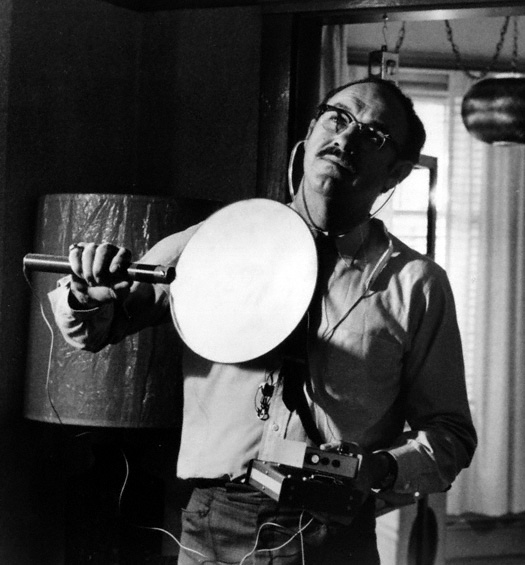In the Financial Times interview with Daniel Dennett I recently blogged about, a passage covers a compelling idea hatched by the philosopher and MIT’s Deb Roy in “Our Transparent Future,” a 2015 Scientific American article. The academics argue that the radical transparency now taking hold because of new technological tools, which will only grow more profound as we are lowered even further into a machine with no OFF switch, is akin to the circumstances that may have catalyzed the Cambrian explosion.
In that epoch, it might have been an abundance of light that shined through in a newly transparent atmosphere which forced organisms to adapt and led to tremendous growth–and also death. Dennett and Roy believe that society’s traditional institutions (government, marriage, education, etc.) are facing the same challenge to reinvent themselves or else, due to the tremendous flow of information we have today at our fingertips. Now that privacy is all but impossible, what is the best way to arrange ourselves?
The opening:
MORE THAN HALF A BILLION YEARS AGO A SPECTACULARLY CREATIVE burst of biological innovation called the Cambrian explosion occurred. In a geologic “instant” of several million years, organisms developed strikingly new body shapes, new organs, and new predation strategies and defenses against them. Evolutionary biologists disagree about what triggered this prodigious wave of novelty, but a particularly compelling hypothesis, advanced by University of Oxford zoologist Andrew Parker, is that light was the trigger. Parker proposes that around 543 million years ago, the chemistry of the shallow oceans and the atmosphere suddenly changed to become much more transparent. At the time, all animal life was confined to the oceans, and as soon as the daylight flooded in, eyesight became the best trick in the sea. As eyes rapidly evolved, so did the behaviors and equipment that responded to them.
Whereas before all perception was proximal—by contact or by sensed differences in chemical concentration or pressure waves—now animals could identify and track things at a distance. Predators could home in on their prey; prey could see the predators coming and take evasive action. Locomotion is a slow and stupid business until you have eyes to guide you, and eyes are useless if you cannot engage in locomotion, so perception and action evolved together in an arms race. This arms race drove much of the basic diversification of the tree of life we have today.
Parker’s hypothesis about the Cambrian explosion provides an excellent parallel for understanding a new, seemingly unrelated phenomenon: the spread of digital technology. Although advances in communications technology have transformed our world many times in the past—the invention of writing signaled the end of prehistory; the printing press sent waves of change through all the major institutions of society—digital technology could have a greater impact than anything that has come before. It will enhance the powers of some individuals and organizations while subverting the powers of others, creating both opportunities and risks that could scarcely have been imagined a generation ago.
Through social media, the Internet has put global-scale communications tools in the hands of individuals. A wild new frontier has burst open. Services such as YouTube, Facebook, Twitter, Tumblr, Instagram, WhatsApp and SnapChat generate new media on a par with the telephone or television—and the speed with which these media are emerging is truly disruptive. It took decades for engineers to develop and deploy telephone and television networks, so organizations had some time to adapt. Today a social-media service can be developed in weeks, and hundreds of millions of people can be using it within months. This intense pace of innovation gives organizations no time to adapt to one medium before the arrival of the next.
The tremendous change in our world triggered by this media inundation can be summed up in a word: transparency. We can now see further, faster, and more cheaply and easily than ever before—and we can be seen. And you and I can see that everyone can see what we see, in a recursive hall of mirrors of mutual knowledge that both enables and hobbles. The age old game of hide-and-seek that has shaped all life on the planet has suddenly shifted its playing field, its equipment and its rules. The players who cannot adjust will not last long.
The impact on our organizations and institutions will be profound. Governments, armies, churches, universities, banks and companies all evolved to thrive in a relatively murky epistemological environment, in which most knowledge was local, secrets were easily kept, and individuals were, if not blind, myopic. When these organizations suddenly find themselves exposed to daylight, they quickly discover that they can no longer rely on old methods; they must respond to the new transparency or go extinct.•


